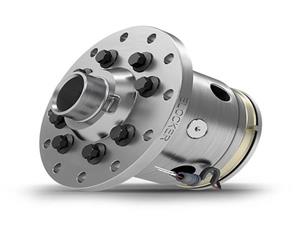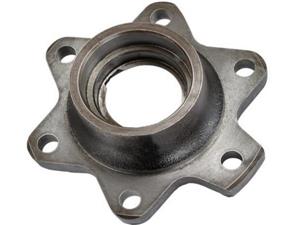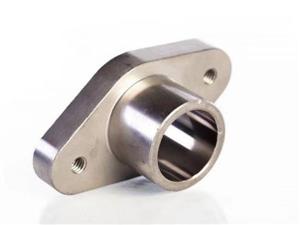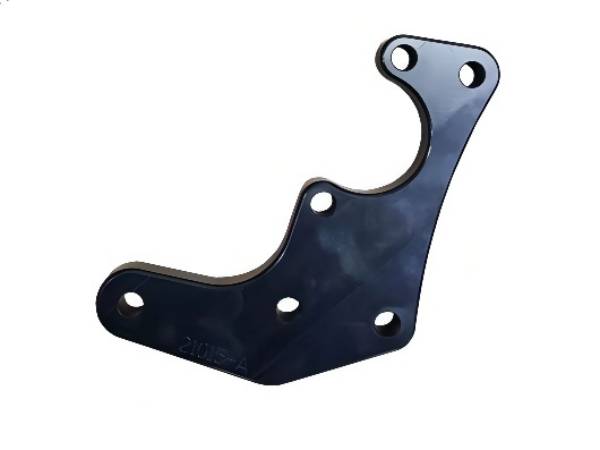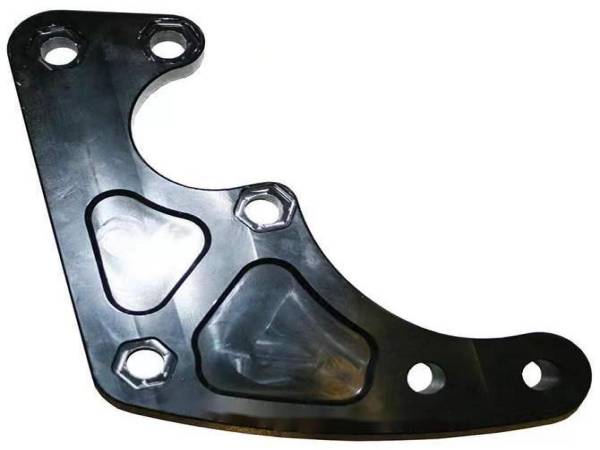Advantages and disadvantages of foundry
When making castings, the foundry usually adopts the foundry process of foundry. Although this process has a long history of development, it still has good use value after countless improvements. What are its advantages?
Flaring casting is a relatively economical method for forming rough defects, and it can show its economy for parts with complex shapes. For example, the cylinder block and cylinder head of the automobile engine, the spiral case of ships and ships, and exquisite works of art.
The biggest advantage of foundry casting is that investment casting has a high standard precision and surface finish, so it can reduce machining work. It is only necessary to plead for a few machining allowance at the higher parts of the parts, and even some castings can be used without machining, leaving only grinding and polishing allowance. It can cast miscellaneous castings of various alloys, especially superalloy castings.
There are also many types of sand casting: general sand forging, including wet sand mold, dry sand mold and chemical hardening sand mold; Special forging can be divided into special forging with natural mineral sand and stone as the primary shape data and special forging with metal as the primary shape data according to the shape data.
In addition, the size and weight of the cast parts can be adapted to a wide range, and the metal types are almost unlimited; The parts not only have general mechanical properties, but also have wear resistance, corrosion resistance, shock absorption and other comprehensive properties, which can not be achieved by other metal forming methods such as forging, rail, blasting, punching, etc. Therefore, the number and tonnage of blank parts produced by casting method in the machine manufacturing industry are still the largest.
The advantages and disadvantages of foundry can be divided into the following points:
Advantage:
1. It can cast blanks with very complex shape and cavity. Such as: various boxes, beds, racks, etc.
2. It has wide applicability, ranging from a few grams to hundreds of tons of castings.
3. The source of raw materials is extensive and the cost is low.
4. The casting shape is close to the part size, reducing the machining allowance.
Disadvantages:
1. There are many processes, and the quality of some processes is difficult to guarantee. The quality is unstable and it is easy to form waste products.
2. Shrinkage and porosity are easy to occur in castings, and the performance is inferior to that of forgings. Therefore, castings are generally not used for important parts bearing large loads.

